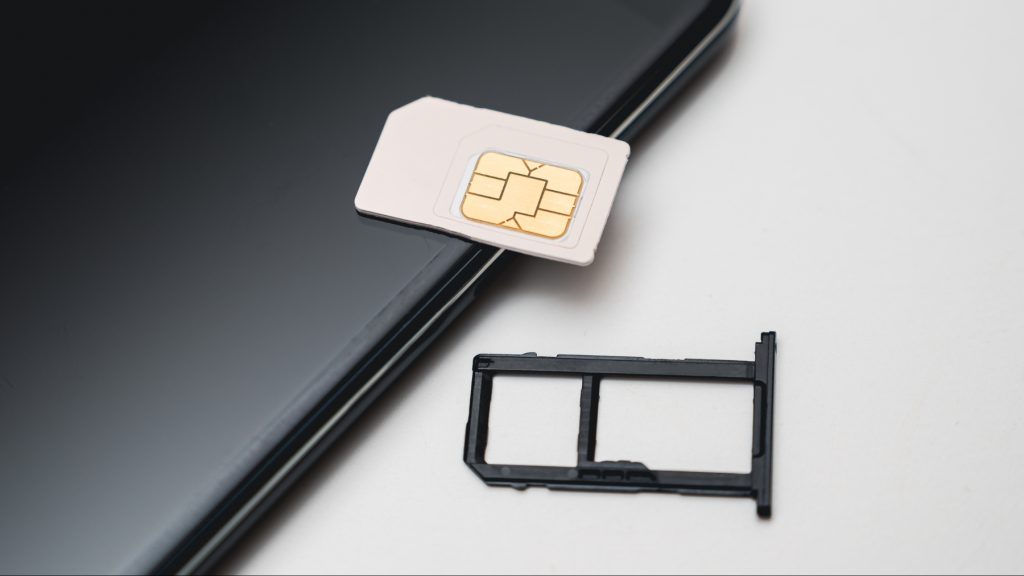
The proliferation of devices like smartphones, smartwatches, tablets, and laptops featuring embedded electronic SIMs (eSIMs) is on the rise, enabling the phase-out of traditional physical SIM cards. This technological advancement allows users to seamlessly integrate their mobile service without the need for inserting a tiny card into their devices.
Apple’s iPhone lineup, among others, has embraced this technology, urging users to consult the manufacturer for detailed technical specifications.
The eSIM, being non-removable, stores all essential user data as a profile, eliminating the need for physical handling.
Acquiring the eSIM
Users can bypass the traditional wait for a physical SIM card or email delivery by booking their eSIM profile online. This is done by scanning a QR code provided by the service provider’s customer portal, which then stores the profile directly on the device.
The German Goods and Products Testing Authority highlights the ease with which eSIMs can be requested through service providers’ apps, stressing the advantage of immediate data availability, particularly useful if a device is lost, avoiding the wait for a replacement card.
Activation is straightforward: scan the QR code or, if necessary, manually input data into the smartphone’s settings. Some providers may send a confirmation text to finalize activation, necessitating an internet connection, preferably via Wi-Fi.
Versatility of the eSIM
The eSIM’s ability to store multiple profiles allows users to switch between service providers or subscriptions effortlessly, a feature particularly beneficial for travelers. This flexibility has significantly impacted on the roaming services market, making it easier and cheaper to access mobile services worldwide.
Dual SIM Functionality
Many smartphones support both an eSIM and a traditional SIM card, allowing two lines or subscriptions to be used simultaneously. This dual functionality is prevalent in models from Google Pixel, Motorola, OnePlus, Sony, and Xiaomi. Some devices, like the iPhone 13 and Samsung Galaxy S24, offer dual eSIM support, eliminating the need for a physical SIM card.
Converting a Physical SIM to an eSIM
Users can transfer their existing SIM profile to an eSIM if their device and mobile provider support this feature. This process disables the physical SIM. Companies like Apple and Samsung lead in providing this capability, with others like Google Pixel expected to follow.
Environmental and Practical Benefits
The shift to eSIM technology reduces plastic waste and the likelihood of device malfunctions due to the absence of physical SIM card slots. It also simplifies device design, allowing for more creative freedom in manufacturing, as evidenced by Apple’s decision to eliminate the SIM card tray in the iPhone 14 in the United States.
This transition not only enhances device functionality and user convenience but also supports environmental sustainability and innovation in smartphone design.
Inside Telecom provides you with an extensive list of content covering all aspects of the tech industry. Keep an eye on our Telecom sections to stay informed and up-to-date with our daily articles.